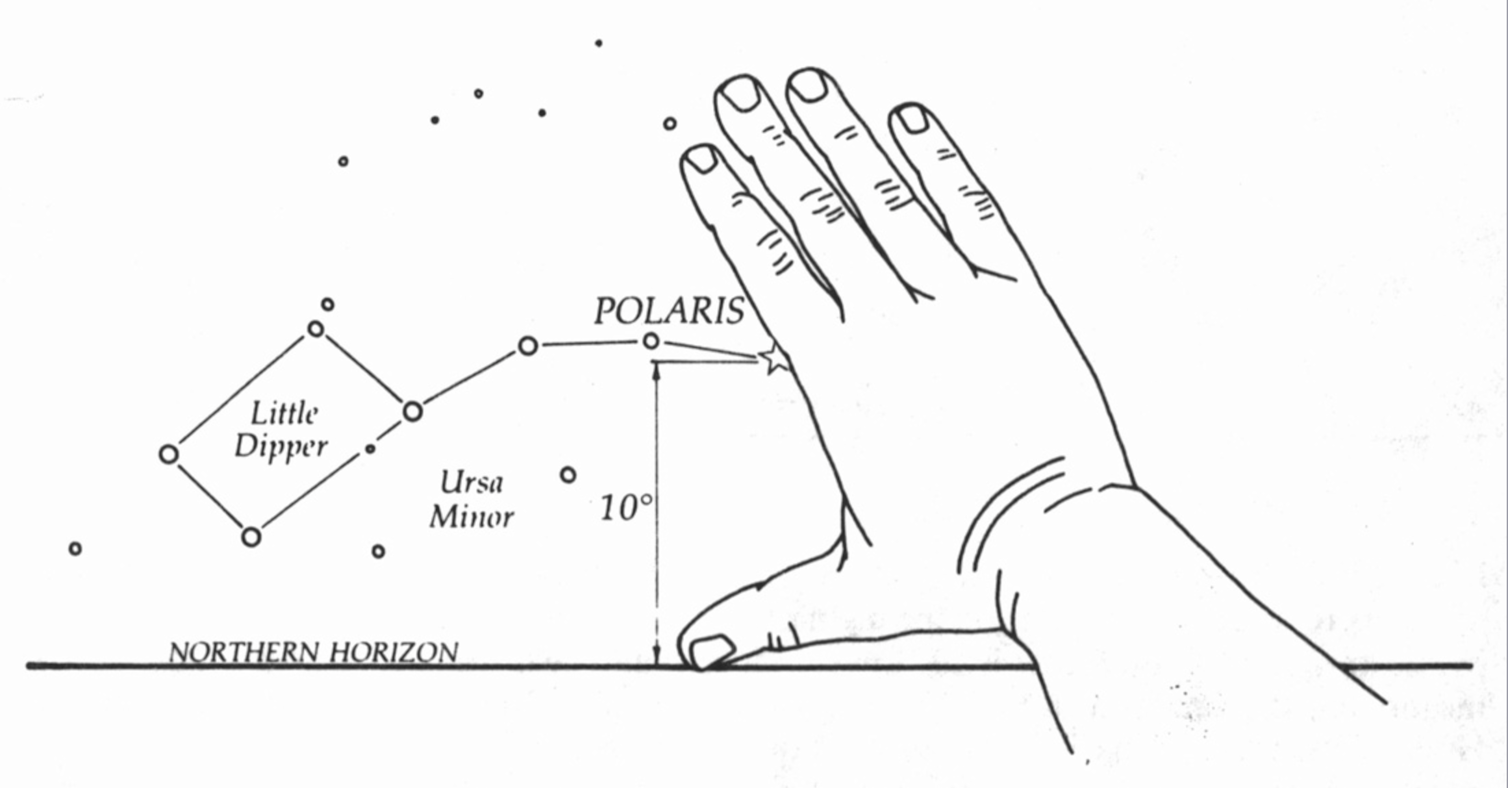Paul_Exeter
Justified & Ancient
- Joined
- Jan 9, 2012
- Messages
- 3,785
"Roughly translated as “the flashing” or “something that flashes”, Te Lapa is described as a blinking pulse of light that emanates from islands, yet is virtually unknown to science and completely unexplained. The strange effect was first mentioned in Western literature in the early 1970s when a book called "We, the Navigators" highlighted Indigenous navigation methods and shattered the popular idea that ancient Pacific Islanders simply drifted aimlessly and reached new lands purely by accident"
Full article here:
https://www.iflscience.com/what-are...polynesians-used-to-navigate-the-oceans-67971
Full article here:
https://www.iflscience.com/what-are...polynesians-used-to-navigate-the-oceans-67971






